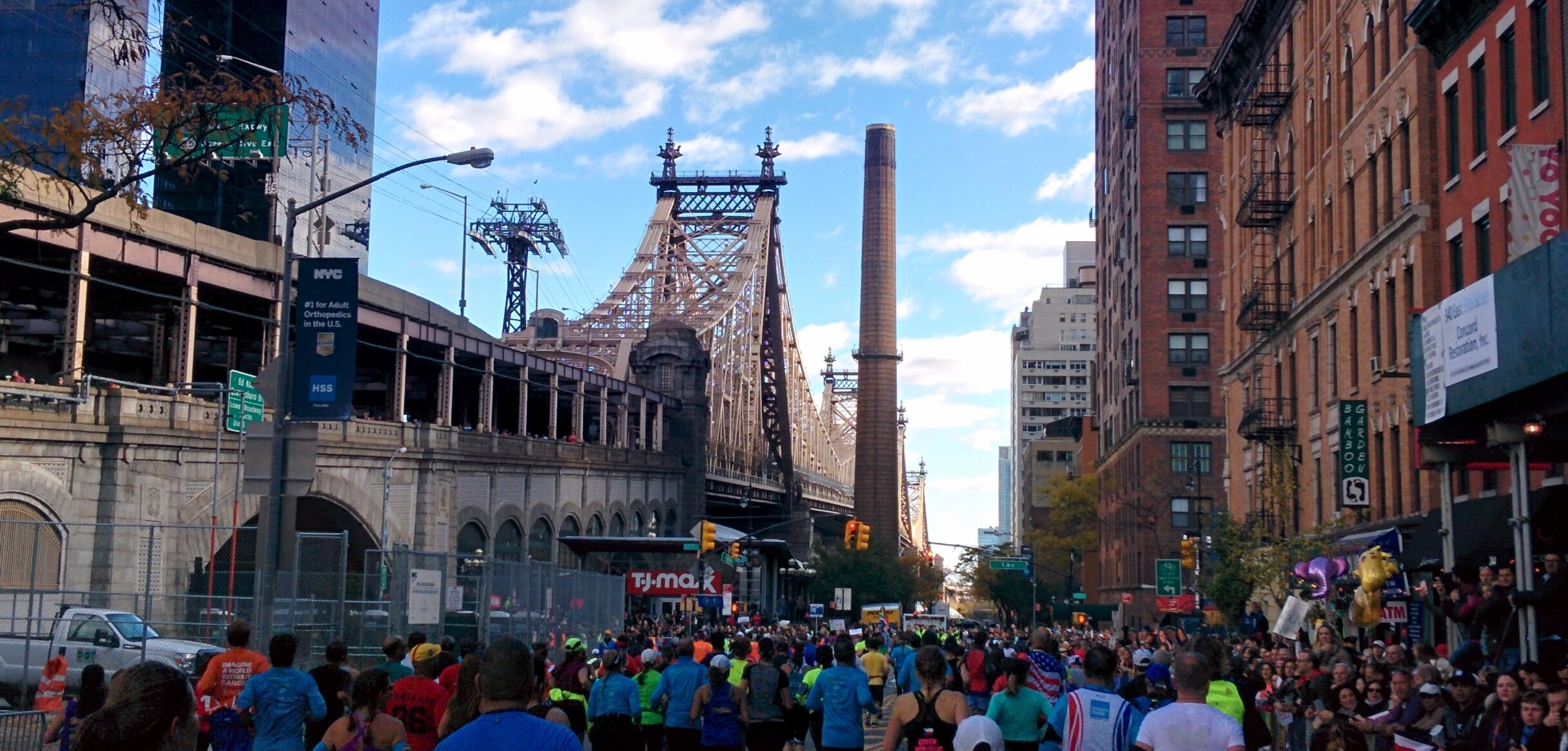News
NOW OFFERING RACE-SPECIFIC TRAINING PLANS!

All training plan design deals with the management of load vs. capacity. It’s important to define both “load” and “capacity” as we will be discussing them in this conversation. Load refers to the stress placed on the body, especially the musculoskeletal tissues. Load is seen in the form of training volume, as well as frequency, intensity, and time spent exercising. Capacity is how much stress a tissue or body part can withstand before degeneration, snapping, or breaking.
Unfortunately, many athletes and many training plans plan for loads based on a race date, not on the capacity of the athlete. Understanding load vs. capacity and respecting the time it takes for the body to adapt is a critical component of remaining injury-free through one’s time in endurance sports.
Like it or not, many athletes don’t actually have the capacity in their physical bodies (which includes the tissues (muscles, tendons, ligaments, bones)) to handle the loads that they want to and/or the loads that are necessary to complete a certain race by or on a certain date. As I’ve said in the past, I strongly believe that any athlete can achieve any goal that they set out to do. The truth that corresponds with this is that the timeline that it takes to achieve that goal may not be what the athlete wants.
For instance, an athlete wanting to do an IRONMAN triathlon may need 3-5 years to safely build their capacity to handle the training load and racing volume to begin training for that distance of race (which means that an IRONMAN finish is 4-6 years in the athlete’s future). An athlete seeking to pursue a performance-based outcome (such as qualifying for the Boston Marathon, finishing under a certain time in a mountain bike race, or covering a certain amount of mileage in a time-based ultramarathon) may also need years (not months) to appropriately prepare to be able to meet their goal. However, I can tell you from experience that many athletes don’t think 3-5 years out; when it comes to “big” goals such as a marathon or IRONMAN, they maybe plan 12 months in advance.
More often than not, athletes basically pluck a random date out of the sky when they think (hope) that they will be where they want to. Aka: Athletes pick a goal race, which is (obviously) taking place on a very specific date that the athlete has no control over. Along the way to that race date, athletes will find out whether or not their hope is reality; if they have the capacity to handle the training load, they won’t get injured or have pain. However, if they do not have the capacity, they will encounter pain, an injury, and/or performance sets backs along the way.
If we apply a load that is greater than the body/tissue’s capacity, there is a higher risk of pain or injury because the load is being applied quicker than the tissues can adapt. Applying the load slowly over time (a training principle called progressive overload) allows for the tissues/body to make adaptations to that load since the capacity of the body/tissues will increase. Experienced coaches (including myself) employ this principle when we write Training Plans or individualized training for athletes.
An individual athlete’s capacity will actually go down if they start applying too much load too soon. This is because the body (its tissues) become too stressed. Furthermore, if an athlete sustains an injury, they often must reduce their training load. If enough time is spent with a reduced load, the athlete’s capacity will go down. As a result, less load is required for the athlete to get injured again. This is why it’s so important to properly manage load when recovering from illness or injury (and it’s where an experienced coach can be particularly useful/helpful).
It’s important to note that an athlete’s capacity is not limited to just the physical body. Even if an athlete is following the principle of progressive overload by consistently training and gradually increasing training load at a rate that the body’s physical tissues can adapt to, things like poor sleep, stress, illness, and many other factors reduce an athlete’s capacity. This is because the athlete's ability to recover from each workout is impaired.
Additionally, pain isn’t solely a physical thing. Pain is in the central nervous system, which, since the brain is part of the central nervous system, means that pain is actually (at least partially) in the mind. Thus, pain can be influenced by our expectations, beliefs, past experiences, and other things that are going on in an athlete’s life.
A lot of people - coaches, medical practitioners, etc. - tell athletes that their pain is due to the fact that they “move incorrectly” and/or have “biomechanical abnormalities.” Some of the things that I’ve heard people tell athletes over the years include that athletes have: flat feet, misaligned hips, leg length discrepancies, inactive muscles (such as glutes), overpronation, and more. I understand why these comments and this feedback takes place; they are effectively telling athletes what they want to hear. Don’t believe me? Which one sounds better?:
“You have flat feet and these orthotics and/or new shoes will correct that and make you feel better when you’re running.”
or
“The amount of training you are trying to complete is too much for your body, and you are injured as a result of attempting too much load before you were ready. It is going to take 18-24 months for you to actually build up the capacity to handle the training load you have been trying to complete recently.”
Furthermore, it is easier (at face value only) to assign a visual “reason” for why someone is experiencing pain or why they are injured. This makes it seem like the solution is simple and/or quick. All too often, we want the “quick and easy” solution so we can get to doing what we want to be doing. However, it’s not that simple. These are effectively attempts at shortcuts, and there are never any shortcuts to anywhere worth going.
While there are certain instances where biomechanical abnormalities may cause more stress on the body, the (much) more common “culprit” of training-related injuries for athletes boils down to load vs. capacity. Most of the time, athletes who are experiencing pain or who wind up injured are attempting to impose a load that exceeds their capacity.
If you want proof of this, look no further than para-athletes. Para-athletes, by definition, have biomechanical differences from able-bodied athletes. They could be missing one or more limbs. They might have neurological conditions that make it impossible for them to move their bodies “normally.” They may need assistive devices such as a wheelchair to move around the world. Despite their impairments, asymmetries, and compensations, para-athletes compete at the highest levels of sport and - quite honestly - can often beat their able-bodied counterparts in races and competitions. You do not need to be “biomechanically perfect” in order to be pain or injury-free or to be a strong athlete. You just need to give the body time to adapt to the load that is being imposed on it.
In today’s world, we are bombarded by messages such as “It’s mind over matter!” and “You can do anything!” and “Just tough it out!” While there are times and places where this advice may be valid, it’s honestly not as simple as it sounds. Because we internalize these messages, when athletes are struggling with pain or injury, they often think things like “I’m weak,” “My body doesn’t work effectively,” or “It’s not possible for me to do this because [insert excuse here].” In other words, athletes get down and think that there is something wrong with them when they get injuries or experience pain.
If you give the body enough time to adapt, the probability of pain and injury goes down drastically. But what is “enough time to adapt”?
Enough time to adapt includes the following:
If you’ve experienced pain or injury in your time as an athlete (and especially if this is your situation now), reflect back on your training. (I’ve said it ad nauseum, but this is just one example of many when taking good, thoughtful, timely notes on your workouts can be so useful.) When did you change something rapidly in your training or in your daily life? When did you experience an acute stressor? Have you had a prolonged period of stress? Have you actually been able to get an adequate amount of sleep consistently?
In order to have a long, safe, healthy, and happy relationship with endurance sports, athletes need to understand the principle of load vs. capacity. This starts with being honest about the fact that our capacity is often not what we want it to be. However, it can become what we want if we start where we actually are and only carry the load that aligns with our current capacity, exercise patience, and consistently do the things we need to do over time.



































































































Have a question or ready to get your TRAINING started?
Fill out our Contact Form to the right and we will get back to you shortly!